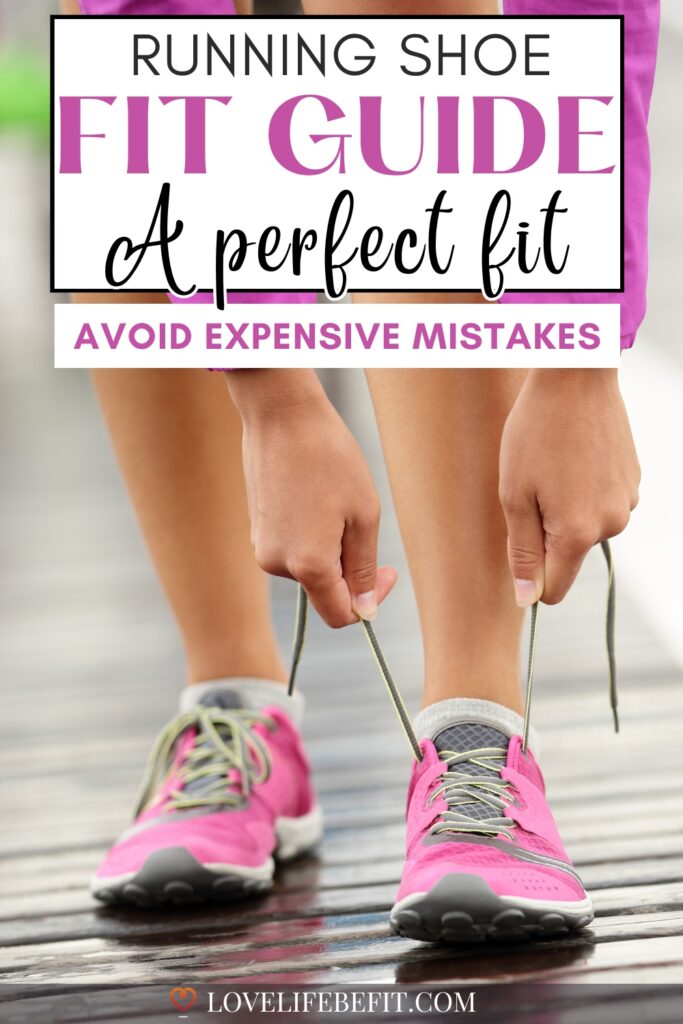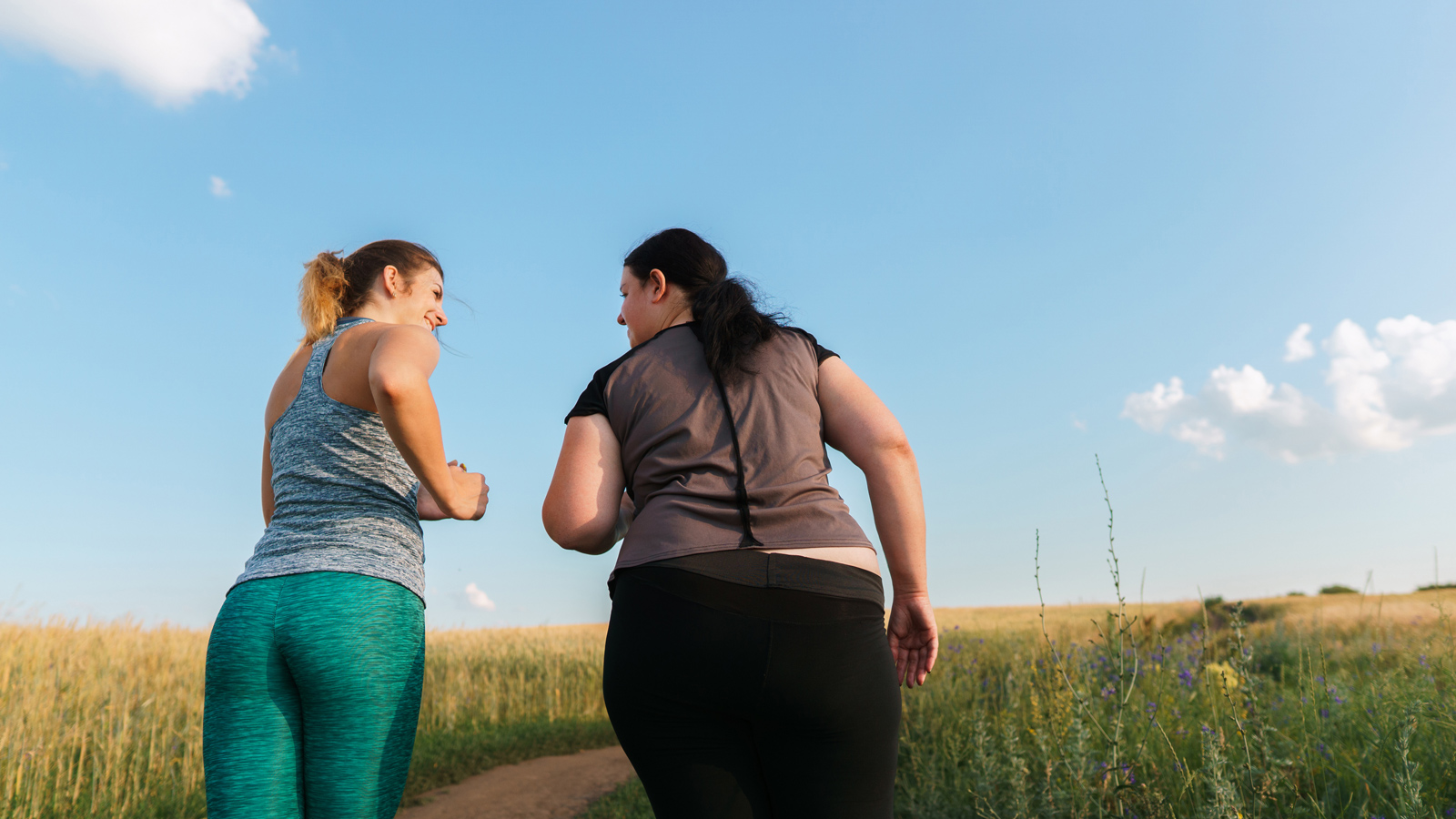Running Shoe Fit Guide: How Tight Should Running Shoes Be?
It’s not just something beginner runners find difficult. Getting running shoe fitting right can be hard for a seasoned pro. There’s a lack of uniformity when it comes to running shoe sizing. Even within the same brand, different models vary in length and width. So how tight should running shoes be and what makes a perfect fit? This running shoe fit guide has the answers.
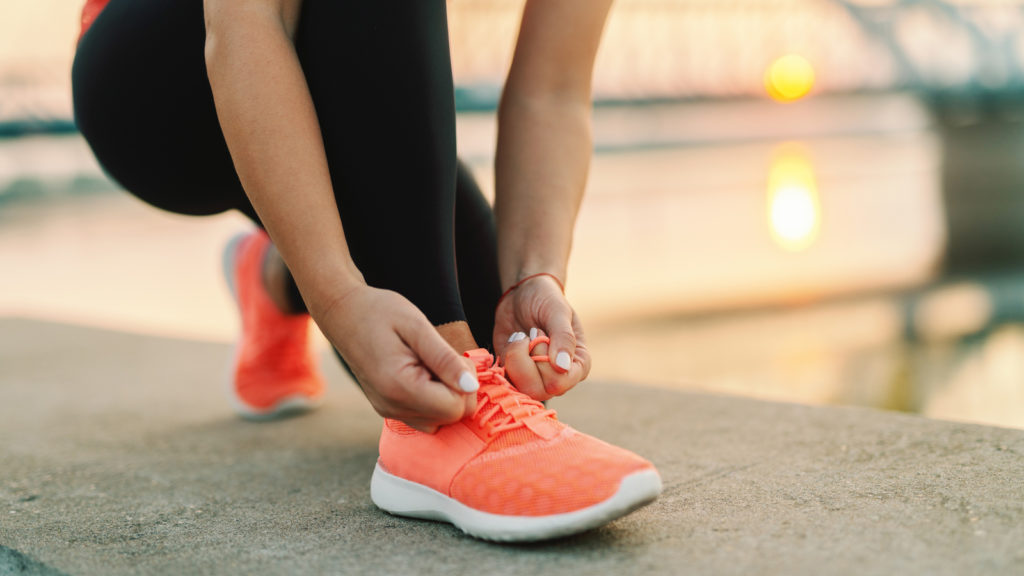
Are Running Shoes Supposed To Be Tight?
Running shoes need to fit comfortably. Correctly fitting shoes will hug your foot providing support and stability but allow wiggle room in the toe box to bend and flex your foot without restriction. Aim for a thumb width of space between your longest toe and the end of the shoe.
Should Running Shoes Be Tight Or Loose?
Just like Goldilocks and the Three Bears, your running shoes need to be “just right”.
If your running shoes are too loose, slippage at the back of the shoe will cause the shoe to rub against your heel. The result can be painful blisters and even a sore Achilles. The shoes will be less supportive, increasing the risk of spraining an ankle.
Too tight and your toes will be pushing up against the front of the shoes rubbing with every step you take. Expect corns, blisters, and, (my favorite), black toenails.
It’s not just the length that needs to be just right. If the running shoes are too wide your feet will slop around impacting your running form. Too tight and you often get pain across the top of your foot on longer runs.
Running shoes that are too tight stop your foot from flexing correctly. This can affect your stride and how your body absorbs impact. Badly fitting shoes will affect more than just losing the odd toenail.
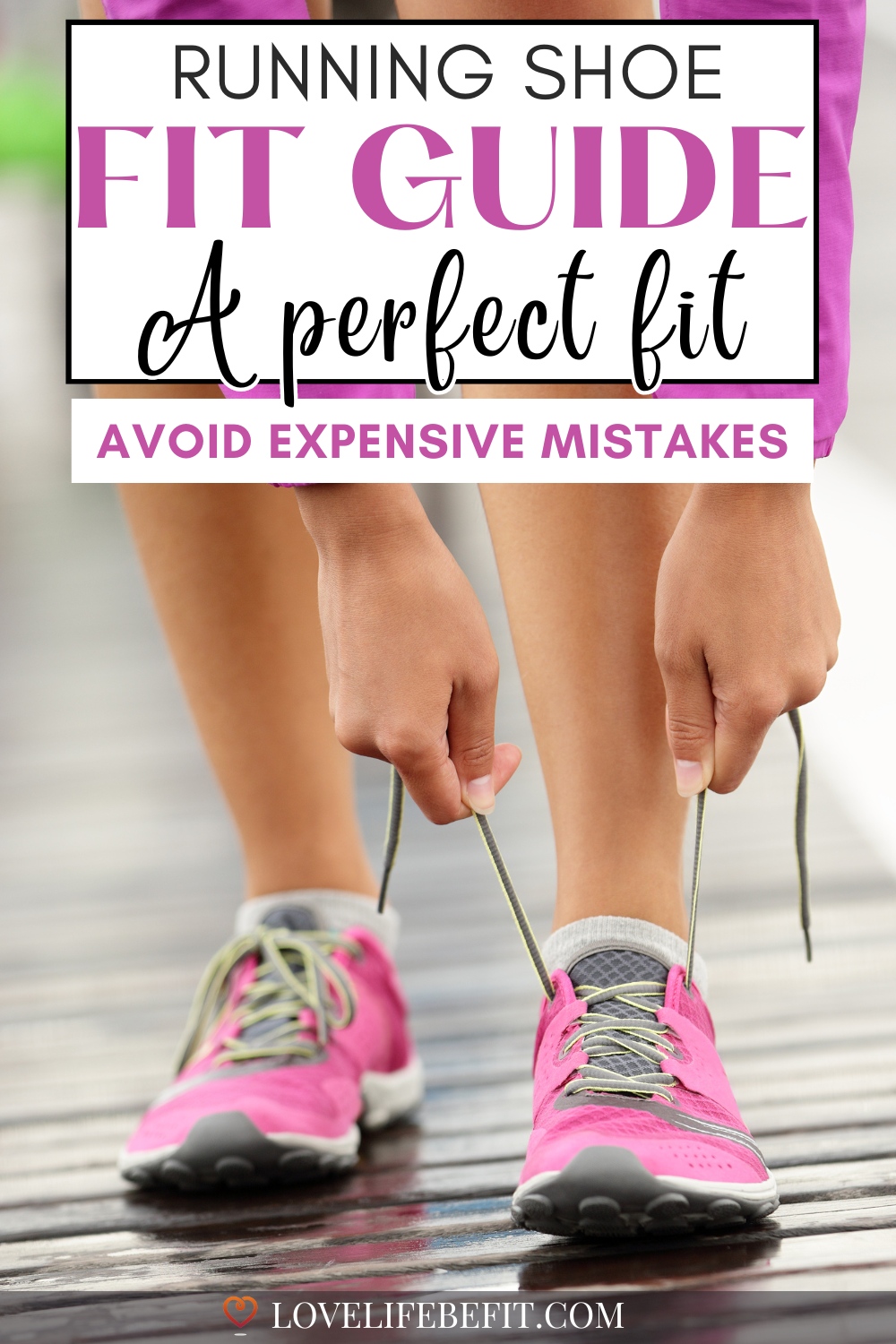
How To Fit Running Shoes
Comfort is the best indicator when you’re choosing running shoes. Your new shoes need to feel terrific the first time you put them on.
There’s no “breaking in” when it comes to running shoes. These aren’t your Grandad’s old leather boots. They should be ready to go straight out of the box.
Wiggle Room In The Toe Box
Make sure there’s wiggle room in the toe box. Spread your toes and press down on the tip of the shoe. There should be a thumb width between the end of your longest toe, (normally your big toe), and the end of the shoe.
It’s best to get someone to do this for you. Bending over to check yourself will change the position of your foot in the shoe.
When you’re running, your toes need to be able to spread and flex as you land to absorb impact. Without enough space, you’re compromising your running form and risking foot pain. Too much space and you’ll be tripping over the end of your shoes.
Stable And Supportive Midsole
Your running shoes should fit like a glove around your midsole. A good-fitting shoe will stay on even without laces. Check the shoes aren’t too tight. Your foot shouldn’t be drooping over the sole of the shoe.
A good way to check is to remove the insole from the shoe. Stand on the insole and check your foot stays within its outline. If your foot is spilling over the insole, you need wider shoes.
Be aware that your feet will swell a little during longer runs. If you’re in any doubt that the shoes are big enough – size up.
Close Fitting Heel Cup
A heel cup needs to fit closely around your heel without being tight. Again comfort is key. Any rubbing or tightness and these are not the shoes for you.
Walk around in the shoes, (in the shop or indoors if you’ve bought the shoes online), and check for heel slippage. If your heel is slipping the shoes are too big.
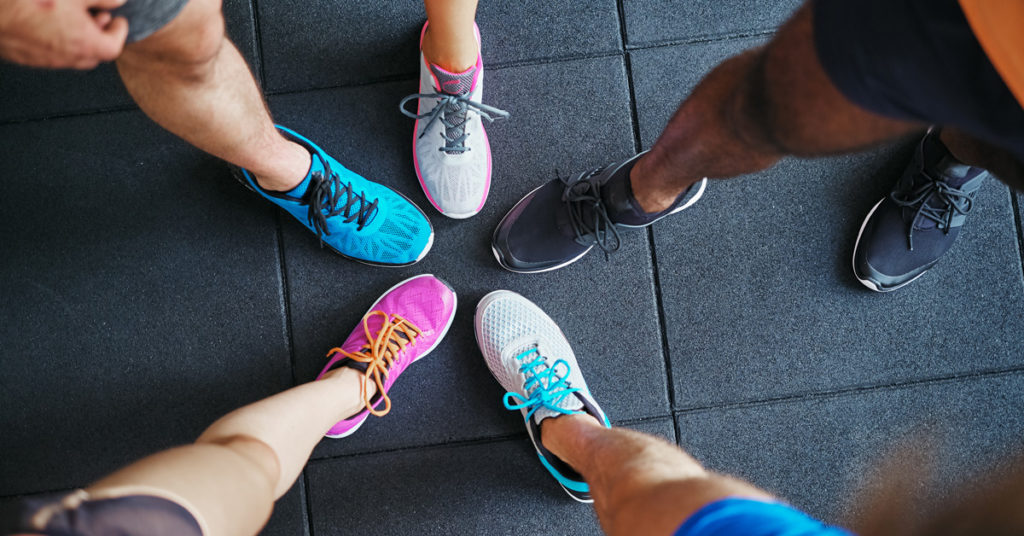
Different Sized Feet
This is so common. From my experience of fitting people for shoes in an outdoor store, most people have different sized feet.
It’s best to fit your shoes to the largest foot. My own feet are almost a half size different. It’s always tempting to go for shoes that are a fraction too small on my larger foot. I always regret it.
Pick shoes that fit your largest foot. You can always make up the difference on your smaller foot with podiatry felt or by wearing a more cushioned running sock.
Try New Shoes On In The Afternoon
Your feet swell slightly during the day so it’s always best to try new shoes on in the afternoon. Shoes that feel just about okay first thing in the morning may start to feel tight by the end of the day!
Running Shoes Often Need To Be Bigger Than Your “Normal” Size
Just because you always take a certain size in your town shoes and sneakers doesn’t mean you’re going to be the same size for running shoes.
When you’re running feet need more space to expand. Expect to be at least a half size bigger.
Get Fitted For Running Shoes At A Specialist Running Shoe Store
It may be tempting (or just convenient) to snag your new pair of running shoes online, but if you’re new to running or buying a new brand or model, it’s best to get fitted in a specialist store.
Make sure you take a pair of running socks along with you. The amount of cushioning will affect the fit so wear the socks you normally run in.
Most specialist running stores will use a Brannock Device to measure your feet. It measures length and width. Your foot size will change as you get older, (your foot arch tends to collapse a little over the years), so it’s best to get measured regularly.
Recap – Should Running Shoes Be Tight?
How tight should running shoes be can depend a little on personal preference but the overriding factor is comfort. Running shoes need to be comfortable. Not so loose that they slip at the heel as you run, (or walk). Not so tight that they cause strain across the top of your foot.
Beware of running shoes that are so tight your toes are banging up against the end of the toe box as you run. Your toes need room to spread and flex. Shoes that are too small will negatively impact your stride length and compromise your ability to absorb impact as you run.
Related post: Best running shoes for overweight runners.
